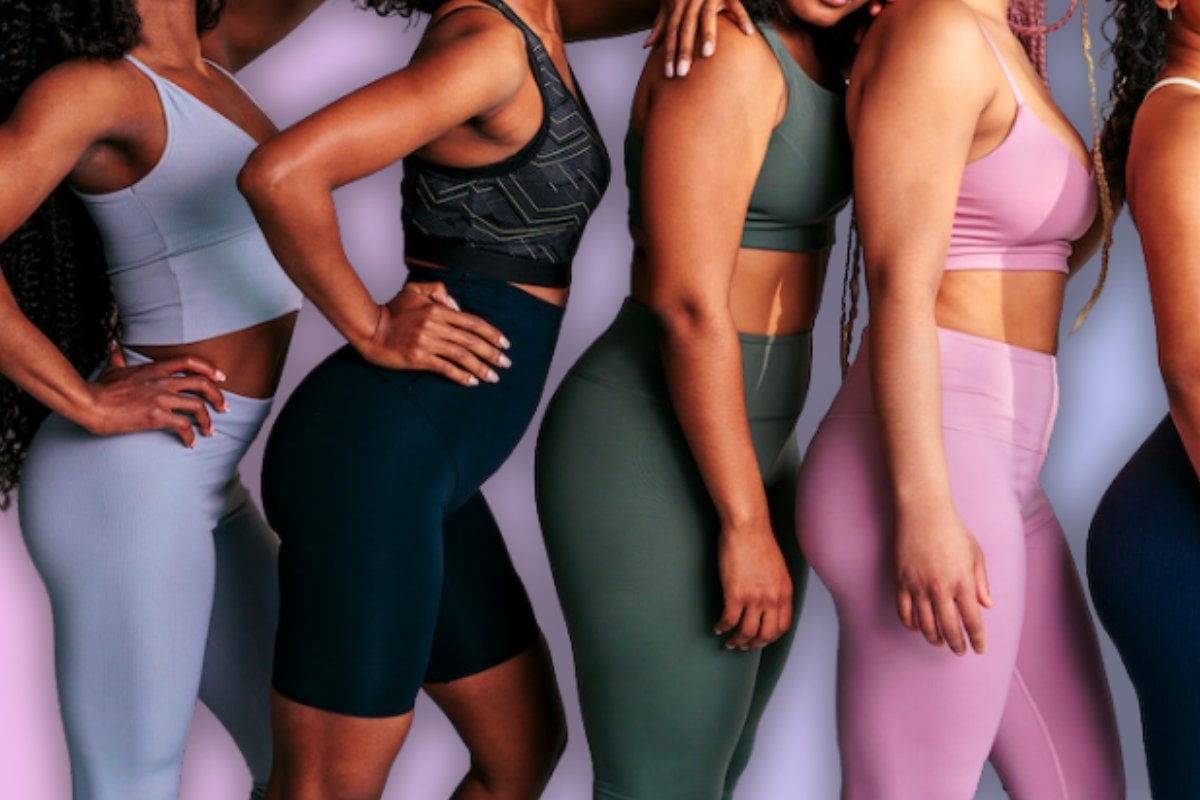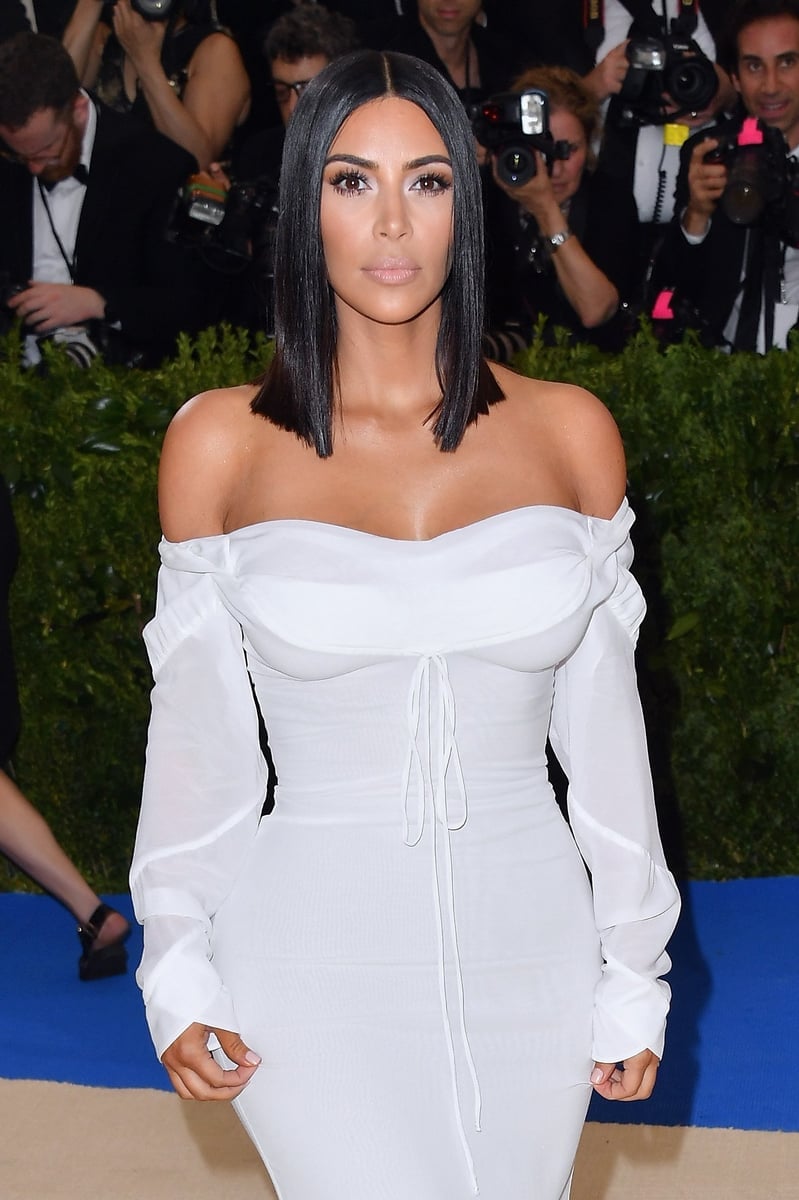
This post deals with the topic of disordered eating.
Over the past few weeks, the curious term 'legging legs' has been all over TikTok.
It began with women sharing videos of themselves wearing yoga pants that highlighted the space between their thighs. These videos were posted with the hashtag #legginglegs, which has since been deleted from the platform.
In its place, users will find information about eating disorders or disordered eating.
"Basically, it's a trend saying that if you have leggings and you wear leggings [then] your legs have to look a certain way in them," therapist Holly Essler said in a TikTok video.
"This is disgusting. Do not let social media tell your body that it is a trend. If you have a body and you have leggings, you have legging legs."
@empoweringyou.therapy ♬ original sound - Holly Essler, LCSW
The concept of 'legging legs' could confuse some but I'd hazard a guess that most women will know exactly what this harmful descriptor is all about.
Because we've done this before.
Every generation likely has a term for it. For me and many millennials, it was the 'thigh gap' that we were told to strive for.
The term was so socially accepted that I specifically recall Chris Lilley mocking the concept in teen girl parody series Ja'mie: Private School Girl. In one scene, Ja'mie tells her friendship group of girls that "one of the main measures" of being attractive is a girl's "box gap", a crude interpretation of the term.



Top Comments